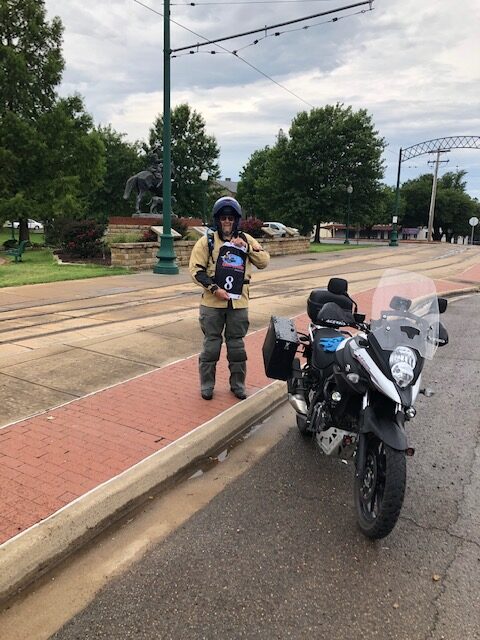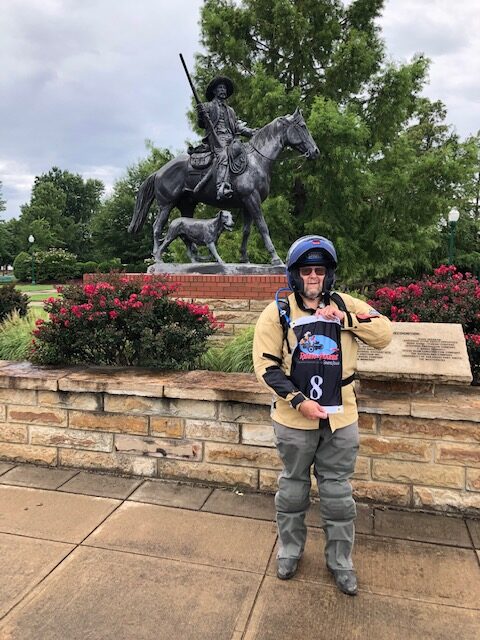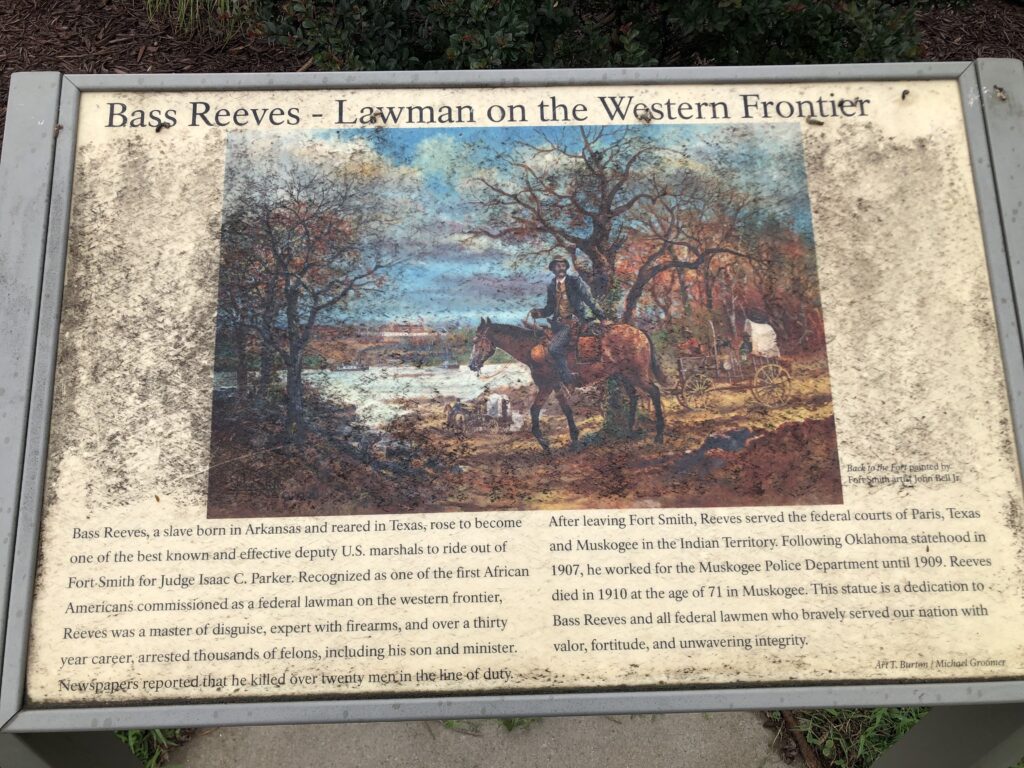This is one of a series of posts about going motorcycling during the COVID19 pandemic.
Spoiler Alert – Discusses a few plot points from HBO series Watchmen.
 Have you watched the limited series Watchmen on HBO? Damon Lindelof (of LOST and The Leftovers fame) took the brilliant 1985 graphic novel about masked vigilantes and used it as the basis for an updated story about race, police, and masks in the 21st Century.
Have you watched the limited series Watchmen on HBO? Damon Lindelof (of LOST and The Leftovers fame) took the brilliant 1985 graphic novel about masked vigilantes and used it as the basis for an updated story about race, police, and masks in the 21st Century.
One of the key characters of the series starts out as a 5ish-year-old Black boy in Tulsa, Oklahoma. He’s sitting in a silent movie theater in 1921, where his mother is the piano player, thrilling to the story of Bass Reeves, Black Lawman, who protects people from a corrupt local sheriff. The movie, however, is interrupted by the start of the real-life 1921 Tulsa Race Massacre in which the Klan attacks an area of Tulsa known as Black Wall Street, killing dozens of people and leaving thousands homeless.
As I watched the series this summer, I assumed that “Bass Reeves! The Black Marshal of Oklahoma!” had to be the product of Watchmen’s writers. He was too perfect of a metaphor for the show.
But…
As I I discovered last month on my first real motorcycle trip during the COVID19 pandemic, not only was Bass Reeves real, he may have even been the inspiration for the Lone Ranger.
Every year I do a Grand Tour on my motorcycle sanctioned by the motorcycle club Team Strange Airheads. These tours have a theme of things you need to collect photos of. Several years ago I did one of my favorites ever – On the Trail of the Whispering Giants – looking for Peter Wolf Toth’s tree-trunk sized sculptedNative American heads.
 This year’s GT has theme Riding to Hounds. You get points for taking photos of your bike and GT flag in front of public equestrian, dog and fox sculptures. Most of these you have to find on your own, but in addition there is also a list of special bonus locations that have higher point values. Most of these are related to the Lewis and Clark expedition and feature Meriwether Lewis’ Newfoundland dog Seaman.
This year’s GT has theme Riding to Hounds. You get points for taking photos of your bike and GT flag in front of public equestrian, dog and fox sculptures. Most of these you have to find on your own, but in addition there is also a list of special bonus locations that have higher point values. Most of these are related to the Lewis and Clark expedition and feature Meriwether Lewis’ Newfoundland dog Seaman.
Pre-COVID19, I had been planning a trip on my motorcycle across the Southeast, including the Natchez Trace Parkway and the Blue Ridge Parkway. While the pandemic put an end to that idea, as I’ll discuss in another post, I went and spent a little over a week in the Ozarks in northern Arkansas and southern Missouri. (Sound familiar to you? I’ve been to that area before…) While on this trip, I started looking for qualifying statues.
So I was astounded when my research showed a statue of Bass Reeves riding his horse while accompanied by his loyal dog. Whattaya know. Bass Reeves was real! According to Den of Geek, Reeves was born a slave in Arkansas in 1838. He escaped from his owner George Reeves during the Civil War and lived for a time as a fugitive with Native Americans. Ten years after slavery was abolished, Reeves became the first Black deputy U.S. Marshall, in large part because of his knowledge of multiple Native American languages. Back in 2015, HBO reportedly commissioned a limited series about Reeves written by legendary screenwriter John Sayles. As of now, the proposed series has vanished, but you never know.

In order to count for the Riding to Hounds Grand Tour, I need to have my motorcycle, GT flag, and sculpture all in one photo. I included a second close-up photo so you can better see the statue. I should get points for both the equestrian statue and the dog statue.
One of the things I love so much about these nationwide scavenger hunts are the amazing places they take me to. Finding Bass Reeves, Black lawman, in Fort Smith, Arkansas, was one of those great moments.


